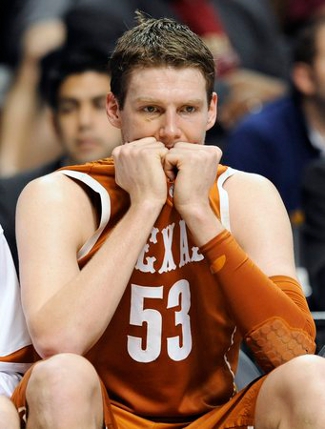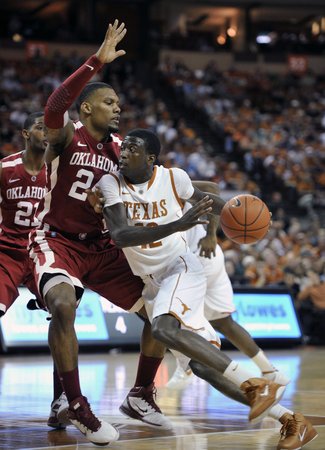Fittingly, the final game of the 2011-12 Texas basketball season played out the same way that the entire season had unfolded. The Longhorns dug themselves a big hole, missed numerous chances within spitting distance of the rim, fought back with suffocating defense, and ultimately failed to execute in the final minutes. For fans who hadn’t had a chance to really get to know this young Longhorn team, the NCAA Second Round loss to Cincinnati was a perfect microcosm of a season filled with growing pains and gut-wrenching losses.

Clint Chapman’s collegiate career ended in Nashville
(Photo credit: Donn Jones/Associated Press) 
Myck Kabongo will return to lead the Horns next season
(Photo credit: Michael Thomas/Associated Press) |










